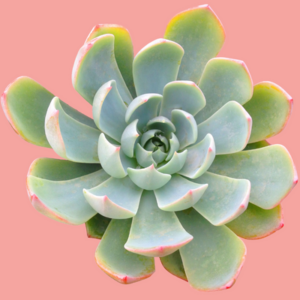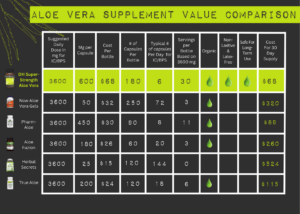Rerooting an aloe plant can be a gratifying endeavor for both novice and seasoned plant enthusiasts. Aloe vera not only boasts aesthetic appeal but also offers various health benefits. Successfully propagating this succulent allows you to expand your collection or share these beneficial plants with friends and family. Here is a comprehensive guide on how to reroot an aloe plant effectively.
Understanding the Importance of Rerooting
Many plant lovers may wonder why they should reroot their aloe plants. Rerooting becomes essential in several scenarios, such as when an aloe plant has outgrown its pot, exhibited root rot, or simply needs rejuvenation. It allows the plant to establish a robust root system, promoting healthier growth and enhancing its overall vitality.
Preparation: Tools and Materials Required
Before embarking on this rerooting journey, it is crucial to gather the necessary tools and materials. Having them on hand will facilitate a seamless and efficient process. You will need:
- A sharp, sterilized knife or scissors
- New pot (preferably clay or terracotta for optimal aeration)
- A well-draining potting mix, ideally designed for succulents or cacti
- Rooting hormone (optional, but beneficial for enhancing root development)
- Watering can or spray bottle
- Gloves (if preferred, especially if handling a sensitive or diseased plant)
Choosing the Right Aloe Plant for Rerooting
Choosing the appropriate segment of the aloe plant for rerooting is critical. If you’re rerooting an entire plant, look for healthy, plump leaves and a sturdy base. If you’re taking a leaf cutting, ensure it has a length of at least 4-6 inches. Look for signs of health, such as vibrant color and no bruises or soft spots. If you notice any damage, it is wise to choose an alternative piece to ensure successful rerooting.
The Art of Pruning: Making the Cut
Once you’ve selected the right segment, it’s time to prune. Using your sterilized knife or scissors, make a clean cut at the base of the leaf or on the stem, if you’re rerooting using offsets (pups). Avoid tearing the plant, as this can lead to infections or an irregular surface that may not root properly. Allow the cuttings to callous over for a few days in a dry, shaded area. This step is essential to prevent rot upon planting.
Preparing the Potting Medium
The success of the rerooting process heavily relies on the potting medium. Aloe plants thrive in well-draining soil. A succulent or cactus mix is ideal since it prevents excessive moisture retention, which can lead to root rot. If you prefer to create your own mix, consider combining equal parts of potting soil, coarse sand, and perlite. This blend will enhance drainage and aeration, which are vital for healthy root development.
Planting the Aloe Cutting
Once the cutting has healed, it’s time to plant it. Select a pot that is slightly larger than the cutting itself, allowing space for growth. Fill the pot with the prepared potting medium, ensuring it’s not packed too tightly, as airflow to the roots is essential. Take the cutting and insert it into the soil, burying it just deep enough to provide support. If using rooting hormone, apply a small amount to the base of the cutting before planting.
Providing Optimal Conditions for Rerooting
After planting, place the newly potted cutting in a warm location with bright, indirect light. Direct sunlight can be harsh for newly rerooted plants, so a well-lit area without direct exposure is ideal. Maintain a stable indoor temperature of 65-75°F (18-24°C) to encourage growth. Ensure the pot has drainage holes to eliminate excess water, as this could inhibit the rooting process.
Watering Technique: A Delicate Balance
Water management plays a pivotal role in the rerooting process. Initially, avoid watering the cutting for the first week. This period allows the roots to singulate and adapt to their new environment. After a week, provide a light misting or small amount of water to the soil. The top inch or so of the soil should dry out completely between waterings. Overwatering is a common mistake that can kill a cutting before it establishes a robust root system.
Monitoring Growth: Signs of Successful Rerooting
Patience is vital after the planting phase. Depending on the environmental conditions and health of the cutting, it may take several weeks for visible growth. You may notice new leaf formations or increased firmness in the cutting itself, indicating it is rooting successfully. At this stage, gradually introduce more light while ensuring to keep the soil well-draining and moisture levels in check.
Transplanting: When to Move to a Larger Pot
Once the aloe cutting has established roots—typically indicated by visible growth or root development—consider transplanting it into a larger pot. Be sure to follow similar soil and potting guidelines. Transplanting not only allows for continued growth but also assures adequate space for the developing root system. Regularly monitor its health and maintain an optimal care regimen for flourishing growth.
Rerooting an aloe plant can be a straightforward task when approached chronologically and with care. By following these comprehensive steps, you will not only expand your aloe collection but also foster a nurturing hobby that brings joy and longevity to your indoor garden.





Leave a Comment